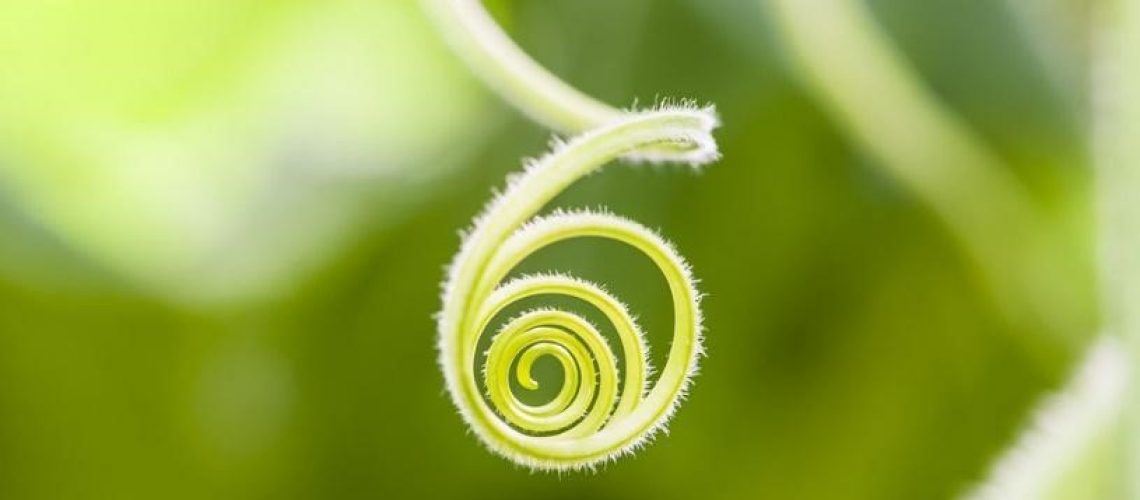For decades, mankind has been wasting finite resources by extracting them for products and goods (e.g. plastics, construction materials, food etc.) and then disposing of them once they reach their ‘end-of-life’. In much of modern society, the end-of-life stage of a material is seen as an almost inevitable aspect of consumption. However, resources are unable to replenish at the current rate of extraction, and the disposal of waste is wreaking havoc on environmental and social systems. .
The repercussions of our inefficient management of resources are already visible in the rising CO2 emissions and resultant temperature increase, plastic interfering with aquatic and terrestrial ecosystems, damage to human health and an increase in the frequency and scale of natural disasters. The environment will be affected in widespread and varying ways, from melting glaciers, reduced land fertility (effecting growth of consumer favorites e.g. coffee and chocolate), increased flooding, human displacement and the severity of natural disasters.
According to a study from the World Wildlife Fund (WWF), “Earth’s population will be forced to colonise two planets within 50 years if natural resources continue to be exploited at the current rate”. The global concern about this situation has brought together 185 states and the EU to fight climate change under The Paris Agreement. With vulnerable human populations and animal biodiversity likely to be affected first – we all must play our part in being part of the solution.
Introducing the Circular Economy
The increasing awareness of the need for reduced resource consumption and production of waste has paved the way for the creation of innovative concepts like Circular Economy that focus on decoupling economic growth from the use of natural resources. Circular Economy promotes a new way of designing, making and using our products and services that regenerates and optimises natural systems. Circular economy is simply common sense.

In a circular approach, ‘waste’ is no longer described as such, instead seen as a valuable resource which can be used to produce a variety of other useful materials. This system is based on that which naturally appears in the world’s existing ecosystems, re-using waste products in a ‘closed-loop’ system. For example, leaves falling from a tree are used as an input material for processes on the ground and the nutrients are recycled.
How can this be achieved? How does it work?
By shifting our preconceptions and by being creative, we can reinvent the economy to ensure the materials and processes within it work in circles and loops. The products that are now designed in the conventional ‘take-make-use-dispose’ model, can be designed instead for reuse, repair, refurbishing, re-manufacturing or recycling, allowing us to keep valuable resources in productive cycles and out of landfills at all times. Many businesses are increasingly observing the financial, social, environmental and reputational benefits that the Circular Economy is revealing. Ellen MacArthur Foundation estimates that only in Europe, the adoption of circular-economy principles could generate a net economic benefit of €1.8 trillion by 2030.
What role does Exergy play?
Fundamentally, everything we do is circular. Taking this approach is logical considering the circumstances of our planet and the Exergy team, conformed by highly-specialised scientists, engineers and professionals, share the dream of a low carbon and sustainable future.
We collaborate with recognised research centres, universities and industry stakeholders around the world in Research and Innovation projects that are testing circular economy strategies for construction, food, waste management and manufacturing applications. So far, we have achieved outstanding results that are ready, in most cases, to be implemented at commercial scale.

In our projects, we are testing and demonstrating design for circularity concepts, circular materials and business models, and developing digital systems supporting the transition towards the Circular Economy.
We create designs to overcome widespread issues caused by the traditional linear model of ‘take-make-use-dispose’ and are involved in the development, modelling, scaling up, and plant design for novel bioprocesses that use waste as feedstock to produce other high-value products such as bioplastics, animal feed, intermediate chemicals, etc. Check our innovation projects.
Get Involved
We welcome you to join the circular economy movement. You can participate the ideas it encompasses and get involved in innovation with us.

